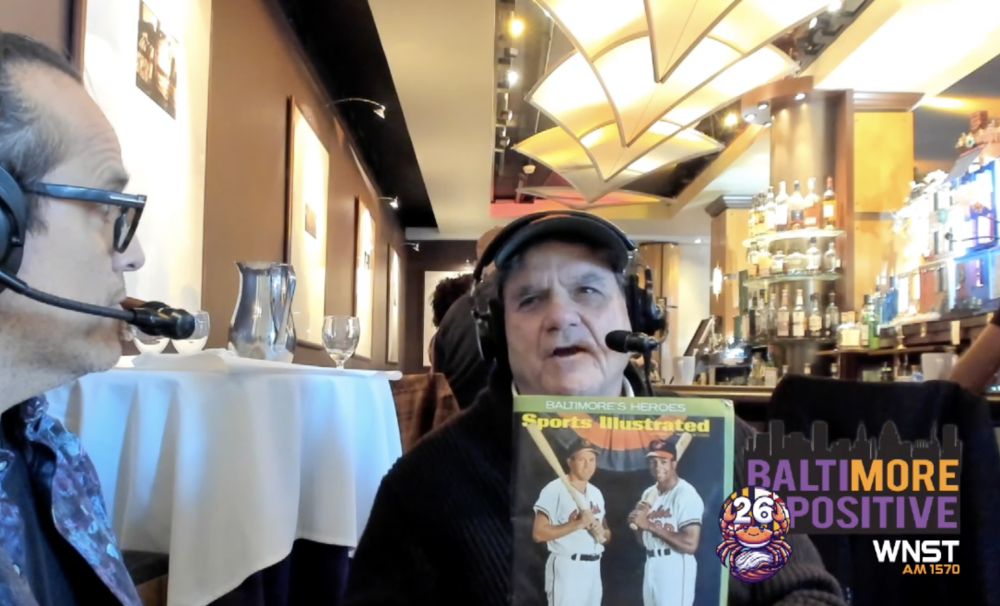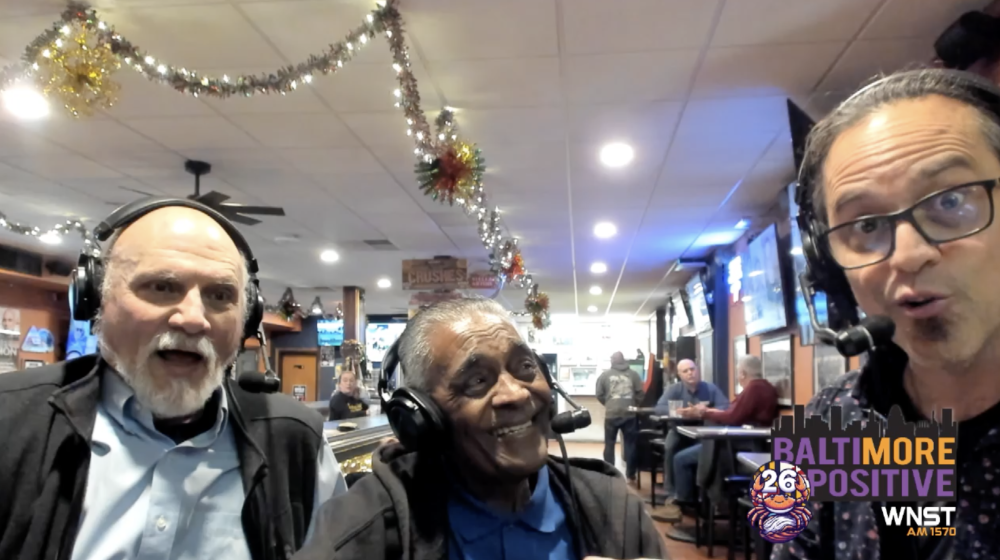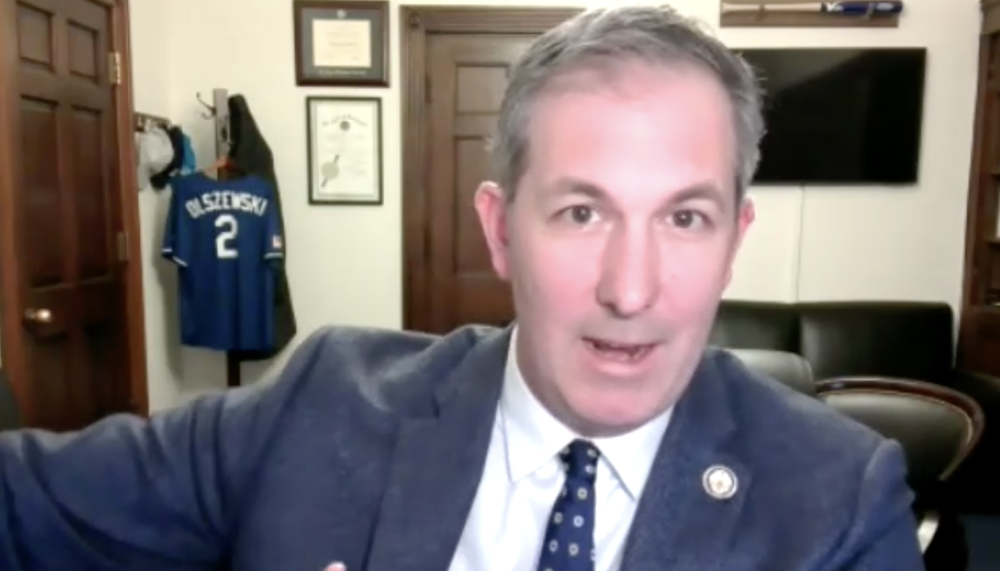from the Orioles in the way of advertising arrangements or freebie ticket allotments, which were in the thousands in September when Greg Bader and his troops were trying to pad the stands to make the Showalter surge look like a difference maker.
And then when I criticize these “journalists” who work in a clubhouse that I’ve been banned from after 21 years of access for speaking the truth, THEY somehow they get supremely offended by a media voice that they’ll then “report” has no audience or relevance.
Tsk, tsk, tsk.
But our competitors have larger issues than dealing with what “that little radio station that the load-mouthed redneck from Dundalk owns.”
In addition to trying to continue to buffalo their advertisers with the fiction of Arbitron, they’re trying desperately to figure out what their business and revenue models will look like in the future now that radio and television have been far overshadowed by the internet and I’m sure they’re wondering if sports partnerships with local franchises will still be the “money grab” it once was in the old days of limited access to the medium itself.
While the paradigm has shifted – really, who under 50 listens to games on the radio anymore when it’s become such a television property? – there are those poor souls in the sales departments of Bob Phillips and Ed Kiernan who have to be held accountable for the fact that the product has been diluted and the measurements are accurate.
And given the “surcharge” for the purple bird and orange bird on the masthead, both CBS Radio and Hearst have found it difficult to manufacture the kind of revenue that radio deals once did “in the old days.” And it’s impossible to provide a true measurement of return on investment that every advertiser is looking for in 2010, given the woeful state of the economy in America.
But Hearst (98 Rock and WBAL) and CBS (WJZ-TV and a myriad of radio stations) are busy lining up their ducks with Peter Angelos and Steve Bisciotti


























